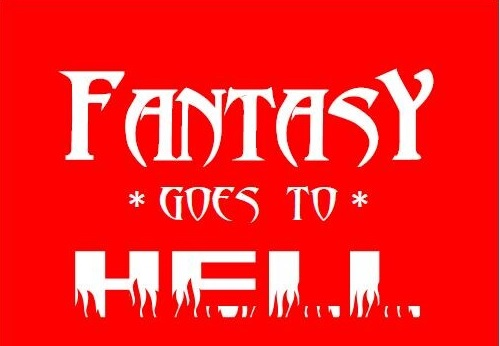Loading...
Event Website
https://www.mythsoc.org/oms/oms-2023.htm
Start Date
8-6-2023 4:00 PM
End Date
8-6-2023 4:50 PM
Description
From the beginning of Tolkien scholarship Mordor has been analyzed in light of its Hellish iconography; from the perspective of the narrative voice, what constitutes “Hell” in Middle-earth may seem clear. But what is Hell to Mordor’s chief inhabitant? What is Hell in Sauron’s Eye? The Rings of Power has brought Sauron into the spotlight by interpreting him not as depersonalized evil but as a character in his own right. Actor Charlie Vickers has shared how he developed this character for the screen, adapting characteristics taken directly from Tolkien’s own writings: Sauron’s love of order and his desire to “heal” Middle-earth—a goal with its implicit suggestion of utopian vision. Is such a goal even achievable within the theological and metaphysical constraints of Middle-earth? Drawing on Tolkien’s writings about Sauron from the 1950s, the biblical scholarship of Elaine Pagels, and the work of Jonathan McIntosh (among others), I intend to argue that Sauron’s goal strikes at the nature of Arda itself; to Sauron, Hell is Arda Marred, and his struggle to order it is ultimately his own struggle with the Problem of Evil—the very force he, in a feedback loop, comes to represent.
Creative Commons License

This work is licensed under a Creative Commons Attribution-NonCommercial-No Derivative Works 4.0 International License.
Included in
Children's and Young Adult Literature Commons, Comparative Literature Commons, Digital Humanities Commons, European Languages and Societies Commons, Literature in English, Anglophone outside British Isles and North America Commons, Literature in English, British Isles Commons, Literature in English, North America, Ethnic and Cultural Minority Commons, Medieval Studies Commons, Modern Languages Commons, Modern Literature Commons, Other English Language and Literature Commons
Through Sauron’s Eye: Hell, Arda Unmarred, Arda Marred, and Arda Healed According to the Maia Formerly Known as Mairon
From the beginning of Tolkien scholarship Mordor has been analyzed in light of its Hellish iconography; from the perspective of the narrative voice, what constitutes “Hell” in Middle-earth may seem clear. But what is Hell to Mordor’s chief inhabitant? What is Hell in Sauron’s Eye? The Rings of Power has brought Sauron into the spotlight by interpreting him not as depersonalized evil but as a character in his own right. Actor Charlie Vickers has shared how he developed this character for the screen, adapting characteristics taken directly from Tolkien’s own writings: Sauron’s love of order and his desire to “heal” Middle-earth—a goal with its implicit suggestion of utopian vision. Is such a goal even achievable within the theological and metaphysical constraints of Middle-earth? Drawing on Tolkien’s writings about Sauron from the 1950s, the biblical scholarship of Elaine Pagels, and the work of Jonathan McIntosh (among others), I intend to argue that Sauron’s goal strikes at the nature of Arda itself; to Sauron, Hell is Arda Marred, and his struggle to order it is ultimately his own struggle with the Problem of Evil—the very force he, in a feedback loop, comes to represent.



Comments
SESSION V
4:00 PM -4:50 Eastern
3:00 PM -3:50 Central
2:00 PM -2:50 Mountain
1:00 PM -1:50 Pacific
8:00 PM – 8:50 GMT